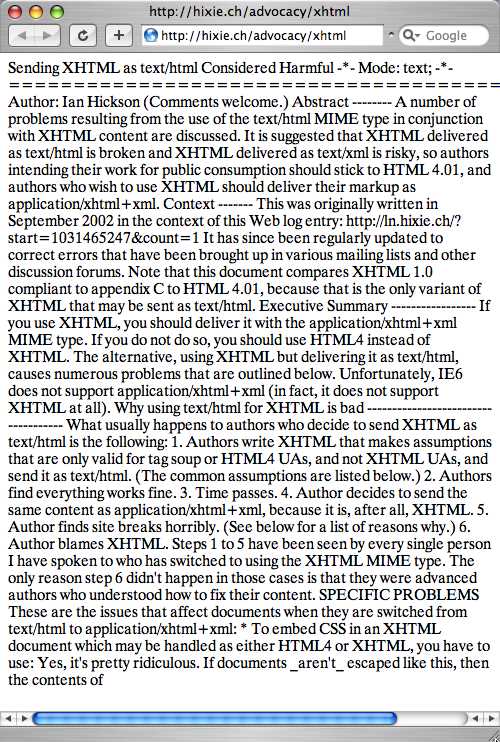Here’s an online security story to freak you out: Security firm Secunia has found a loophole [Edit: originally linked to Yahoo! News] in basic browser window handling that can let any site plug its code into a pop-up window generated by any other site. That’s not just ads, that includes pop-up help files, password dialogs, you name it.
They even have a demonstration: Start the code going on their site, open up Citibank, then click on a button on the Citibank site and it’ll open a page from Secunia.
And it works in every major browser, for the simple reason that it uses standard functionality that no one has questioned until now: The ability to open a page in a particular frame or window. All you need to know is the name of that window, and you’re set. As long as it hides the toolbars (SOP for pop-up windows of all stripes), the user will never notice. There is a workaround, at least for Firefox and Mozilla users, but it’s ugly: prevent sites from hiding the location bar.
Actually, the functionality has been questioned before: last July, when Secunia found a similar problem in frames. The solution for that was to prevent a page in one window (or tab) from accessing frames in another. But it’s a little more challenging to decide which pages should be allowed to update a top-level window.
In the short term, sites wanting to protect themselves from being hijacked can probably help by randomizing the names of their pop-up windows. In the long term, browsers are going to have to figure out how to separate windows that should have the ability to load new pages from windows that shouldn’t, knowing that they’ll undoubtedly end up breaking some websites in the process.

